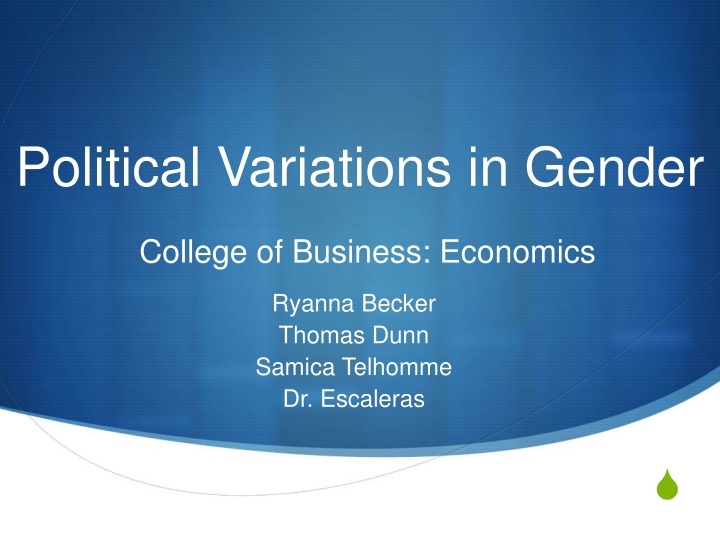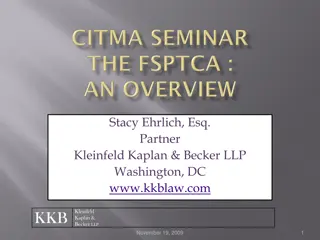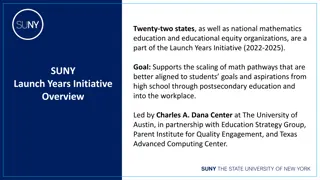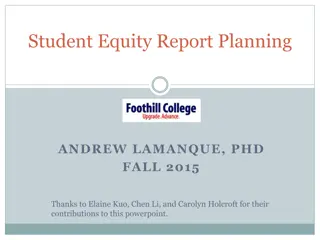
Exploring Political Gender Gap Among Hispanics in Business Economics
Delve into the research on the political gender gap within the Hispanic demographic, focusing on its implications for campaigns and election outcomes. Understand the significance of targeting Hispanics and their growing influence on elections in the United States.
Download Presentation

Please find below an Image/Link to download the presentation.
The content on the website is provided AS IS for your information and personal use only. It may not be sold, licensed, or shared on other websites without obtaining consent from the author. If you encounter any issues during the download, it is possible that the publisher has removed the file from their server.
You are allowed to download the files provided on this website for personal or commercial use, subject to the condition that they are used lawfully. All files are the property of their respective owners.
The content on the website is provided AS IS for your information and personal use only. It may not be sold, licensed, or shared on other websites without obtaining consent from the author.
E N D
Presentation Transcript
Political Variations in Gender College of Business: Economics Ryanna Becker Thomas Dunn Samica Telhomme Dr. Escaleras
Introduction Extensive research has been done on the subject of the political gender gap Results have shown that there exists a gender gap in the overall population of the US (Kramer, 2002) The gender gap is important because it enables the political candidates to better target their campaigns Additionally, the gender gap helps economists and others solidify their predictions about the campaign s outcome This research specifically focuses on the Hispanic population
Why Hispanics? Hispanics are an especially important demographic to target They have been growing exponentially Now the largest minority demographic Hispanics voting preferences are extremely important for the outcome of the elections This research focused on discovering if the gender gap is also present amongst Hispanics
Why Hispanics? (United States: 2000 & 2010) Hispanic Populaion - United States 2000 Hispanic Populaion - United States 2010 Not Hispanic or Latino Not Hispanic or Latino 13% 16% Hispanic or Latino (of any race) Hispanic or Latino (of any race) 84% 87%
Why Hispanics? (United States: 2000 & 2010) Hispanic Populaion - United States 2000 Hispanic Populaion - United States 2010 13% 16% 84% 87% Not Hispanic or Latino Hispanic or Latino (of any race) Not Hispanic or Latino Hispanic or Latino (of any race)
Population Growth (United States: 2000 2010) United States Population Growth United States Population Growth 43.00% 4.90% Not Hispanic or Latino Hispanic or Latino
Why Hispanics? (Florida: 2000 & 2010) Hispanic Population - Florida 2000 Hispanic Population - Florida 2010 17% Not Hispanic or Latino Not Hispanic or Latino 22% Hispanic or Latino (of any race) Hispanic or Latino (of any race) 78% 83%
Population Growth (Florida: 2000 2010) Florida Population Growth Florida Population Growth 57.69% 9.56% Not Hispanic or Latino Hispanic or Latino (of any race)
Research Questions In this project specifically we are interested in two questions: Is there a relationship between gender and political party affiliation? Is there a gender gap in voting preferences?
Hypothesis Null Hypothesis assumes there is no association between variables Alternative Hypothesis claims that some association exists
Hypothesis Ho: There is no difference in party affiliation between Hispanic males and females. Ha: There is an association between party affiliation and gender in the Hispanic population.
Methodology Conducted a total of 500 surveys of the national Hispanic population Half was done through telephone (Interactive Voice Response) Other half was done through online surveys Our survey took place right before the midterm elections. automated polling system Single voice in English or Spanish eliminates interviewer bias Data analyzed using IBM s Statistical Package for Social Science (SPSS) research including frequencies and cross tabulations.
Party Affiliation by Gender 60% 50% 40% Female 30% Male 20% 10% 0% Republican Democrat Another Party Not Registered
Chi-Square Table: Party Identification Chi-Square Tests Value 9.037a df 3 Asymp. Sig. (2-sided) .029 Pearson Chi-Square Likelihood Ratio 9.071 3 .028 Linear-by-Linear Association 3.401 1 .065 N of Valid Cases 803 a. 0 cells (0.0%) have expected count less than 5. The minimum expected count is 56.43.
Chi-Square Table: Party Identification (continued) Symmetric Measures Value Approx. Sig. Nominal by Nominal Phi .106 .029 Cramer's V .106 .029 N of Valid Cases 803
Results Chi Square Hypothesis test used for testing the association between two variables Case #1: The Chi Square is high (? > .005) There is a strong association between gender and political party affiliation Case #2: The Chi Square is high (? > .005) There is significance between gender and voting preferences
Results Phi and Cramer s V Measures the strength of the relationship Case #1: The Phi Square and Cramer's V has a small effect (.106 > .10) There is a weak relationship between gender and political party affiliation Case #2: The Phi Square Cramer's V has a no effect (.078 < .10) The relationship between gender and voting preferences is not relevant
Hypothesis H0: Gender and voting preferences are independent Ha: Gender and voting preferences are not independent
Voting for Congress 60% 50% 40% Female 30% Male 20% 10% 0% Democrat Republican Undecided
Chi-Square Table: Voting for Congress Chi-Square Tests Value df Asymp. Sig. (2-sided) Pearson Chi-Square 4.843a 2 .089 Likelihood Ratio 4.856 2 .088 Linear-by-Linear Association 3.384 1 .066 N of Valid Cases 804 a. 0 cells (0.0%) have expected count less than 5. The minimum expected count is 90.00.
Chi-Square Table: Voting for Congress (continued) Symmetric Measures Value Approx. Sig. Nominal by Nominal Phi .078 .089 Cramer's V .078 .089 N of Valid Cases 804
Conclusion Similar to the literature about the overall population, the gender gap is present in the Hispanics population as well Since this minority group is growing exponentially, this gender gap should be taken into consideration Hispanics opinions are important for predicting the outcome of the elections Candidates must adapt their marketing to target the Hispanic population according to these results






















